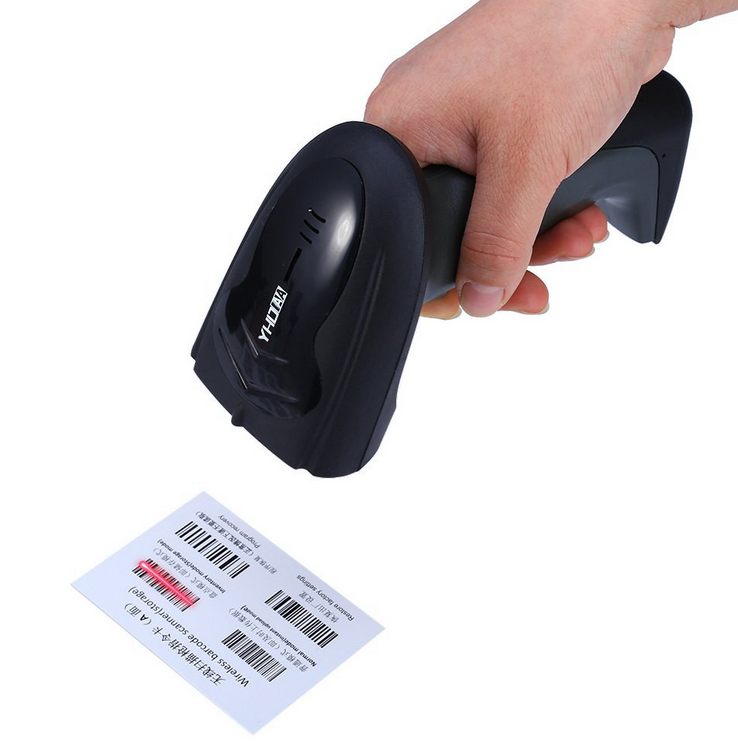Evidence software manufacturers are implementing systems that save time
and improve operational efficiency for both police officers and evidence
personnel
July 31, 2017
When it comes to managing evidence and securing chain of custody, police departments are increasingly relying on software systems. Though there may be some type of paper trail retained, technology has taken over the days of a ledger.
Over time the type of software implemented has evolved, and many police departments have intricate databases that track each piece of evidence and who has handled it, down to who is viewing the report connected to each item.
Challenges that often arise relate to minute inadequacies some products have, as well as the struggle to incorporate an older software system with a new one while still maintaining chain of custody.
How to develop a software system that suits your needs
At the Lubbock (Texas) Police Department (LPD), one of the obstacles the agency faces involves its evidence software program, which was a beta version based on its previous system.
“It is an add-on module to our current RMS,” said Sergeant Anthony Gribben. “We face challenges as it was not made for our specific needs.”
In order to overcome the shortcomings, LPD worked with the manufacturer to research problem areas and develop new ways to manage evidence using their current system, said Gribben.
An additional challenge involves creating inventory reports.
“Our department is currently proposing an evidence management system that will integrate with our current one,” said Caleb Murillo, LPD property room attendant.
Murillo says each report has to be manually created – a time-consuming process – and the system could be improved by having a hold date function. This would allow the department to input a disposition date for each item for proper disposal dates.
The key to a good system and a well-managed evidence room is efficiency. “The more efficient our system is the more efficient we are,” Gribben said.
Having an integrated software program enhances the effectiveness of property searches and the tracking and maintaining the order of the chain of custody.
Gribben says advanced software programs help not only law enforcement agencies, but also court systems and local district attorneys: “It helps the justice system as a whole.”
Key components of evidence management software systems
Companies that generate technology for public safety are molding their systems in order to meet departments’ needs. In addition, evidence software is becoming easier to use and more efficient. Considering a system that has the ability to work with the one your department has in place is a great option.
Stephen Englund, Public Safety Application Specialist for File on Q, says the company’s product has the ability to properly capture evidence right from the beginning of the process. “It is simple to use and maintains chain of custody well in the field,” Englund said.
A unique feature is that the product is able to alert users when items need to be disposed of, saving an immense amount of time for property and evidence custodians.
When developing its product, Evidence on Q took into consideration each element of the evidence storage process. Additionally, while a stand-alone product, it may be integrated with RMS systems departments are already using.
“It can be used with RMS, court systems and lab systems,” Englund said.
Though each police department has its own core code, EvidenceonQ is able to customize software according to a department’s current use or needs.
Report generation is a priority
Another challenge facing departments is the process of generating monthly, quarterly or annual reports. Consider this feature when finding software that is the best fit for your department.
Kimberly Cesna, Property and Evidence Officer II at the Indio (Calif.) Police Department, says the department likes the simple way in which its evidence unit allows the input of important facts needed for evidence entry. These include storage location, item details, and case disposition.
“There is no need to go to the actual case, when all of the information we need is right at our fingertips,” Cesna said, saving time for the officer, as well as the evidence staff.
Cesna says the system allows reports to be run based on field information, speeding up the process when someone calls regarding a case. Before using EvidenceonQ, the department was unable to look up reports if only limited information was available or add information that needed to be updated.
Keeping clean, updated records, as well as having the ability to run inventory reports using the retention field in the software, allows for better access to the chain of custody and documents each item that is checked in. Accuracy not only maintains the chain of custody, but also keeps evidence organized, avoiding erroneous circumstances.
Censa says efficient software has cut manual time spent on each case in half for evidence personnel: “The amount of time it takes to get from when evidence is entered and checked in to when it is disposed of is minimal. Even officers who have been around for a long time and fight change have realized how easy this system has made their life.”
Law enforcement agencies often have strict budgets. However, more evidence software manufacturers are implementing systems that save time thus making police officer and evidence personnel responsibilities easier and more efficient.
About the author
Hilary Romig has extensive law enforcement and forensic training. She has been a professional writer for several years with a focus on public safety protocol, products and technology. She is currently employed by the Lubbock (TX) Police Department.



